All your questions on baking with almond flour answered here! This instructional article takes the guesswork out of how to bake with almond flour, so you can indulge in low carb treats all year long. Take it from this self-proclaimed Almond Flour Wizard!
I’ve updated this post on how to bake with almond flour, as I’ve got a lot more good information to add!
I’ve been baking with almond flour for more than 8 years now and I have to say, I have gotten pretty good at it. I’ve been called The Keto Baking Queen by many people and it’s a title I’ve earned through many years of trial and error. I am proud of my low carb baking skills, and I find myself improving and growing on almost a daily basis. So I decided it was high time to update this article on How To Bake with Almond Flour so you can benefit from my experience!
Because almond flour is the basis of many of my keto recipes, I am highly comfortable with it. It’s perhaps one of the most versatile of the low carb flours, and works well in low carb cookies, cakes, and breads. It’s great for low carb pie crust too! You just have to know how to treat it, what to look for, and how to adjust if it doesn’t work quite as you expect.
So let’s get started. Answering your burning questions about baking with almond flour, right here, right now.
Almond Meal vs. Almond Flour – What’s the difference?
Let’s clear up any misconceptions right now that all almond flour is created equal. I get this question a lot, and the answer is a resounding NO! Sure, they are both made from ground almonds, but anything that calls itself almond “flour” should be finely enough ground that you can make fine-textured cakes and bread that rival their wheat-based counterparts.
It should also be blanched almond flour, so that you get no little dark bits of skin. There are several really good brands of finely ground almond flour, including Honeyville, WellBee, and Anthony’s. My favourite is Bob’s Red Mill Super Fine Blanched Almond Flour. Costco also sells good almond flour at a reasonable price, under their Kirkland brand, which I believe it actually produced by Honeyville.

Almond meal is much more coarsely ground and if you place the two side by side, you can really see the difference. It’s still often good enough for baked goods where texture doesn’t matter quite as much, like low carb muffins or crackers. It can be both blanched (skins removed) and un-blanched (skins left on). And since it’s often less expensive, it may be preferable to almond flour at times. You don’t even have to buy almond meal, you can make it yourself if you have a good food processor.
So, if you’ve ever made an almond flour recipe and had issues with the final product holding together, leaching out the oils or butter, or not rising properly and holding its shape, a likely culprit is that you are using the coarser almond meal, instead of almond flour. The larger particles mean less cohesiveness for the finished product. For some things, it may not matter but for cakes and fine-textured items, it most certainly does. I don’t even keep almond meal around anymore, I use almond flour for everything.
Subbing Almond Flour for Wheat Flour
You’re going to hate me for saying this, but there is no easy formula here. It all depends on what you are trying to make. Cookies are dense and crunchy whereas cakes should be light and fluffy, and they are going to take very different ratios of almond flour to other ingredients.
I wish I could tell you it was as simple as swapping almond flour for wheat flour at a 1:1 ratio. But it’s not and when you think about it, you can see why. Almond flour is basically ground nuts, full of fat and moisture, entirely without gluten and not nearly as powdery, fine and dry as wheat flour. So there are a whole range of factors you need to account for when adapting a wheat-based recipe to low carb and gluten-free. You need to consider the texture, density, and moisture content of the baked good you want to make over.
A cup of almond flour also differs significantly in weight from a cup of wheat flour. Out of curiosity, I just went and measured the two (literally right now, as I am writing this) and a cup of wheat flour came to 5 oz, while a cup of Bob’s Red Mill blanched almond flour came to 3.75 oz. That’s more than a full ounce difference!
If you are a total beginner with almond flour, I’d actually suggest you stick to some tried and true recipes to get a feel for how it behaves and the overall proportions. That’s certainly how I started, 2 and 1/2 years ago. Once you have a good sense for almond flour recipes, you will find it easier to strike out on your own and adapt some family favourites.
Let me tell you what I do, when I start making over a recipe. Take, for example, my Almond Crusted Butter Cake. The original wheat-based recipe took about 50% more butter and 50% less flour. Knowing that almond flour has a higher fat content but is less dense than wheat flour, I basically switched this ratio around. Then I doubled the baking powder and added in whey protein to make up for the lack of gluten and to give the end result more structure. Then I crossed my finger, said a little prayer, and popped it in the oven. And it has since become one of my all-time favourite keto cake recipes!
You can also increase the eggs for more protein and structure, but too many eggs can give the final result a rubbery texture or make it too “wet” and gummy in the center. I usually start with one more egg, and then add another closer to the end if the batter seems too heavy and thick.
One important thing to note when adapting wheat flour recipes is that your almond flour batter will almost always be thicker. Don’t expect it to look exactly like a wheat-based batter and resist the urge to thin it out with liquids, or you will likely end up with a soggy mess.
Other Nut Flours and Meals
People often ask me if they can use other nut flours and meals instead. I give the answer to this question as a tentative “yes”, with several caveats.
First off, I don’t know of too many other nut “flours” that are as finely ground as true blanched almond flour, so if texture and consistency of the end result is dependent on the grind, then you may have some difficulty. Some keto muffins, scone and cookie recipes lend themselves admirably to a simple swap of one nut flour/meal for another. Several of my biscotti recipes could be made with hazelnut meal instead of almond flour, as could some cracker and cookie recipes. And my Hazelnut Chocolate Chip Bundt Cake could easily be made with another nut meal of choice (walnut, almond, pecan…all of those would do well).
But finer cakes and cupcakes might become too crumbly, to coarse and possibly leach out oil during baking if you attempt it with anything but the most finely ground flours. If you want a fine crumb on your cake so that no one can guess it’s low carb, then you want finely ground almond flour.
Sunflower Seed Flour
This is, in my opinion, the best nut-free substitute for almond flour, because it can be ground quite finely. You can even make your own sunflower seed flour easily at home. Check out How To Make Sunflower Seed Flour here.
The funny thing about sunflower seed flour, though, is how it can turn green when it’s baked. This is a reaction with the leavening agents like baking powder and baking soda and it doesn’t mean the baked good has gone bad. To offset this reaction, you need about 1 tablespoon of acid like apple cider vinegar or lemon juice. In chocolate recipes, the brown colour covers the green and you don’t really need to worry about it.
Coconut Flour vs. Almond Flour
Inevitably when I make a keto recipe with almond flour, someone comes along and asks if they can make it with coconut flour. And vice versa. Here’s the deal:
You cannot sub coconut flour for almond flour as a direct 1:1 substitution. I cannot state this more strongly. Don’t even think about trying it or you will end up with hard, inedible thing that is only good for using as a hockey puck. Check out my article on Baking with Coconut Flour for more information.
Coconut flour is an entirely different creature than any flour based on tree nuts. It’s fine, powdery, dense and soaks up liquids like nobody’s business. It also requires more eggs and sometimes more other “binders” like xanthan gum, to keep the final product together. And you want to use WAY less coconut flour for a recipe than you would almond flour, sometimes as little as 1/3 to 1/4. In essence, if you choose to make a recipe based on almond flour with coconut flour, you will need to restructure the whole thing.
If I were to take one of my basic almond flour recipes and rework it for coconut flour, I would start with about 1/3 the amount of flour, twice the eggs, some xanthan gum, a little more leavening agent like baking powder, and then I would add my liquids like coconut or almond milk last and not all at once. I would add some liquid, work it in and see how thick the batter was, then add a bit more and a bit more until it felt right to me. Again, “right” in this case is likely be a thicker batter than anything wheat-based, so it take some experimenting to get it right.
One good thing about working with coconut flour (and almond flour) is that they don’t contain gluten so over-mixing is usually not an issue. On occasion, I’ve been making a coconut flour recipe and suddenly thought it needs another egg or two. I’ve added it at the very end and had no problems with the end result. In this sense, at least, coconut and almond flours can be very forgiving.
Peanut Flour vs Almond Flour
The best answer I can give you here is: maybe. Peanut flour comes in a variety of forms, including roasted (light and dark), unroasted, partially defatted and full-fat. I ordered some peanut flour once that was essentially just ground peanuts and it did well as a sub for almond flour in several recipes. But the defatted ones are a little bit like coconut flour, they are very fine and powdery and soak up a lot of liquid. So they are going to require some reworking of the basic recipe in some of the same ways as coconut flour, although to a lesser extent.
How to Measure Almond Flour
Always use the scoop and level method, unless the recipe indicates otherwise.
I always simply scoop the almond flour from the bag or the canister, and level it off with a knife or sometimes with my hand. I never try to jam pack my cups to get more almond in there, so all of my recipes will be written assuming you simply measure an unpacked scoop. A well-written recipe should specify if you should pack the ingredients, so assume not if it doesn’t say. Sadly, not all recipes are that well written these days.
Many gluten-free recipes are done by weight, not volume, because gluten-free ingredients can differ significantly by brand. I am making an effort to do this more often now, especially when the recipe is on the tricky side and precise measurements matter. I would suggest investing in a small kitchen scale if you want to be more accurate. I will always give measurements by volume, however, since I want my recipes to be as accessible to as many people as possible. Weight measurements are more accurate overall, but it doesn’t do me any good if the reader doesn’t own a kitchen scale!
How to make Almond Flour Bread
Looking for a firmer bread you can toast and slather with peanut butter? Yeah, me too. Almond flour is by nature moist so if you use it on its own, your end result can be more cake-y than you want it to be.
I find that adding a little bit of a denser flour, like coconut flour or oat fiber, can help stiffen the batter and thus firm up the bread. I used coconut flour successfully in my Low Carb Panini Bread Recipe. The trick is to not increase the other wet ingredients, so the addition of this flour helps dry out the consistency of your bread.
You can also try using a little oat fiber, which is made from the husk, or the “bran” of the grain and not the grain itself. However, it may contain a little gluten so it’s not idea for people with a gluten intolerance.
Many people add psyllium husk to low carb bread recipes as well, which can give it more of a yeast-bread like texture. But depending on the brand of it can also make it gummy and sometimes it has a purplish hue.
Using Protein Powder in Low Carb Baking
Why do I often use whey protein or egg white protein in my keto cakes and other baked goods? It isn’t, as some people think, to get more protein into my diet. I am an unabashed carnivore and consume plenty of protein.
It all comes down to the science of baking. Gluten is a protein and it’s part of what gives wheat-based baked goods structure, allowing them to rise and hold their shape. In gluten-free baking, adding in a dry protein can help make up for this. You can’t just add more egg whites because that will throw off the liquid to dry ratios. But you can easily swap out the whey for your protein powder of choice (hemp, soy, even egg white powder). The results may vary a little depending on the protein content per serving.
Freezing Almond Flour Baked Goods
With only a few exceptions, I would say yes, most almond flour baked goods are indeed freezer-friendly.
I have successfully frozen cakes, muffins, cookies, scones, and even some almond flour pie crust. I usually freeze after baking, and I freeze before I glaze or frost the baked good in question.
However, you can also freeze some unbaked items and then thaw before baking. I’ve done this successfully with almond flour cookies like my Butter Pecan Cookies and Chewy Ginger Cookies. The trick here is to roll them into balls and flash freeze on a cookie sheet. Then you can put them in a container or plastic bag and they can be frozen for months. Thaw fully before baking.
How to Store Almond Flour
I keep my unopened bags of almond flour in my cellar, which is quite cool year round. Once a bag is opened, I transfer half of the almond flour to an airtight container and keep it on my counter. The rest is frozen or refrigerated to keep help it keep. I don’t recommend trying to bake with the almond flour straight out of the freezer. The high moisture and fat content will make it very clumpy and hard to work with.
More Almond Flour Baking Tips
- Let your almond flour baked goods cool completely. My friends, I can’t emphasize this enough.It can be tempting to start cutting them up soon after they are baked, but try to resist or you may wind up with a heap of crumbs. The texture and cohesiveness of low carb baked goods always improves upon cooling and sitting. Crackers, cookies and tart crusts will crisp up better and breads and muffins will hold together better when left to sit for an hour or two.
- Room temperature ingredients. Make sure your eggs, butter, and cream or almond milk are at room temperature, unless otherwise specified by the recipe. If they are cold, your batter will clump up.
- Grease that pan well! Low carb goodies can stick more than conventional ones, so really work that butter or oil into the corners of your pan.
- Watch it carefully. Almond flour baked goods can also brown more quickly than wheat flour recipes. If I am adapting a wheat-flour recipe, I almost always lower my oven temperature by 25 degrees F, and I watch it carefully. If the top and sides are browning too quickly, I cover the pan with aluminum foil.
- Baking times are only a guide. Oven temperatures can vary tremendously so please only ever use baking times as a rough guideline. What takes 20 minutes in my oven may take 25 in yours. Or yours may be done faster. You should always set your timer for 5 minutes LESS than the baking time says, and then check on it every 5 minutes after that.
Ready to become an almond flour baking expert?
I hope that helped answer some of your most pressing almond flour baking questions. If you can think of anything I didn’t cover here, or you have some tips of your own you’d like to share, please leave a comment or send me an email. I’d be more than happy to update this little (long) treatise to cover more ground!
Free Bonus: Secrets to Keto Baking!
Sign up for your favorite recipes delivered straight to your inbox plus get our FREE bonus: Secrets to Keto Baking!
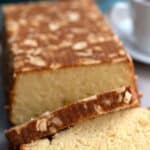
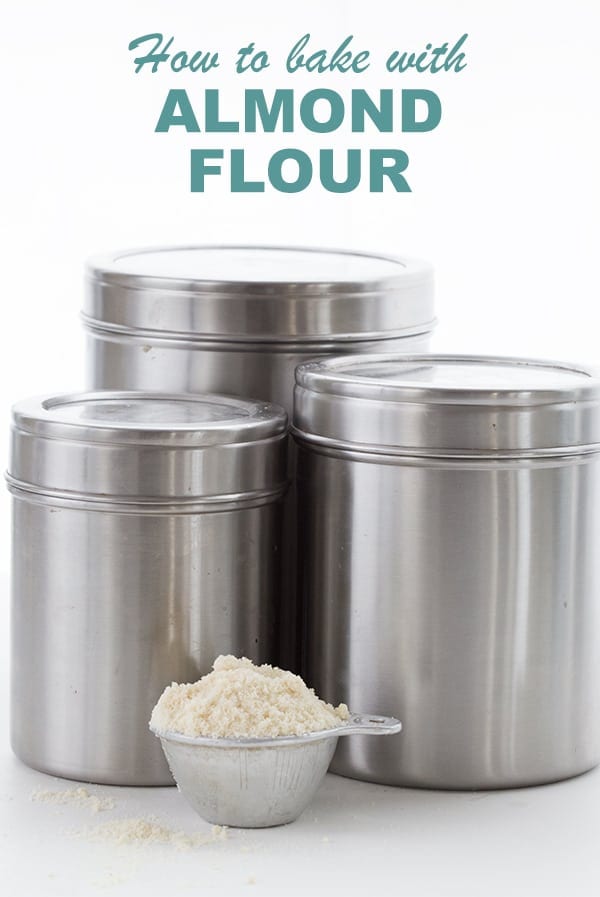

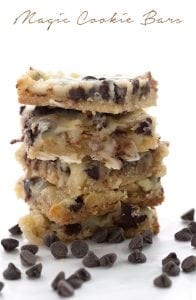
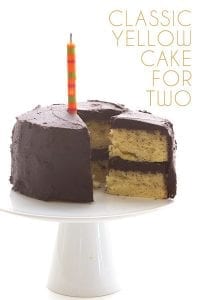
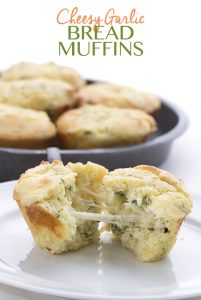
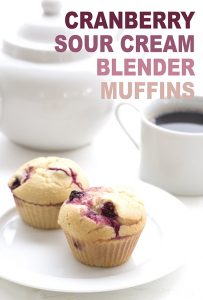
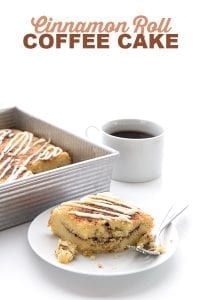
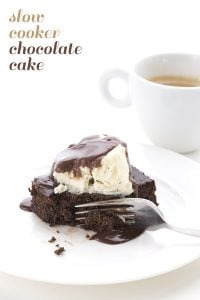
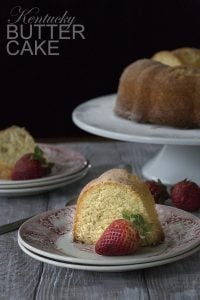


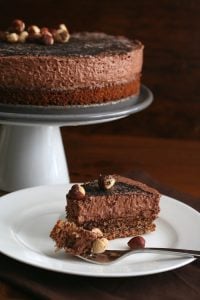




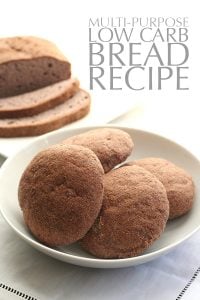
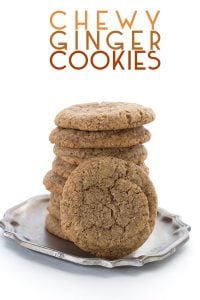


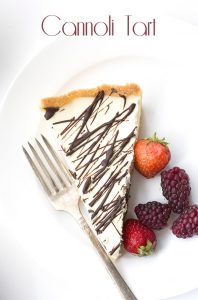

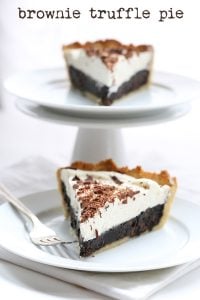
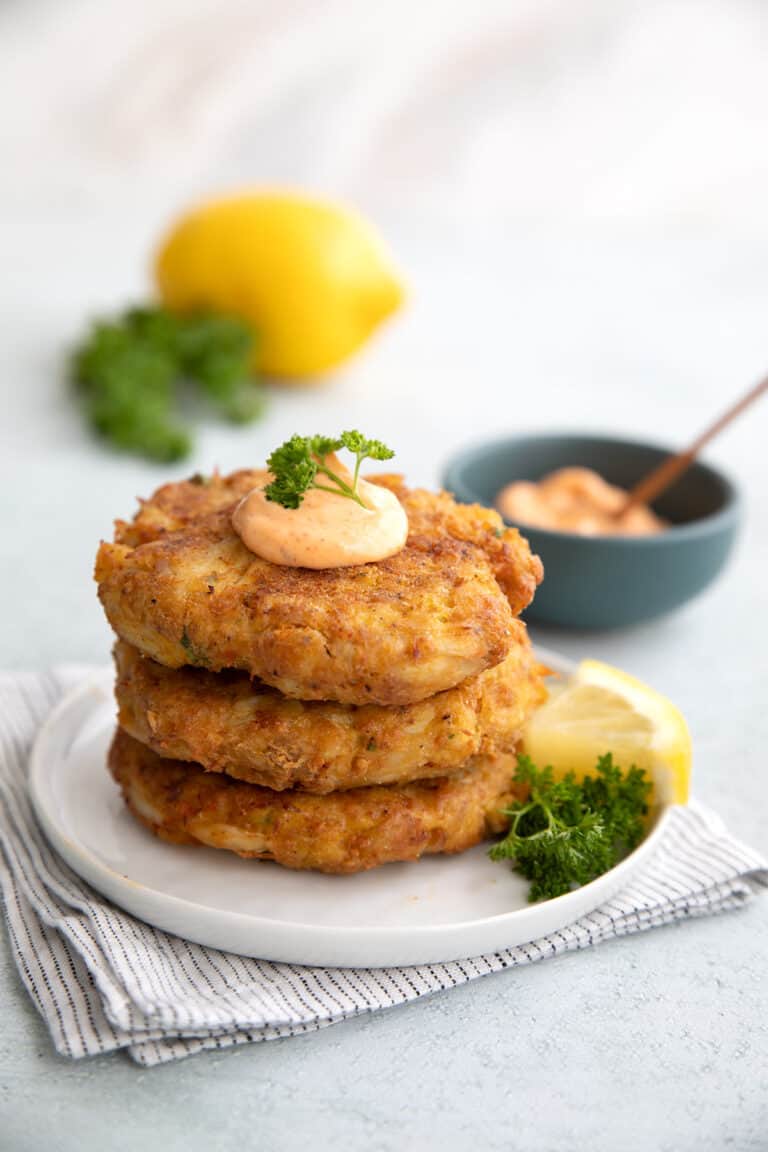

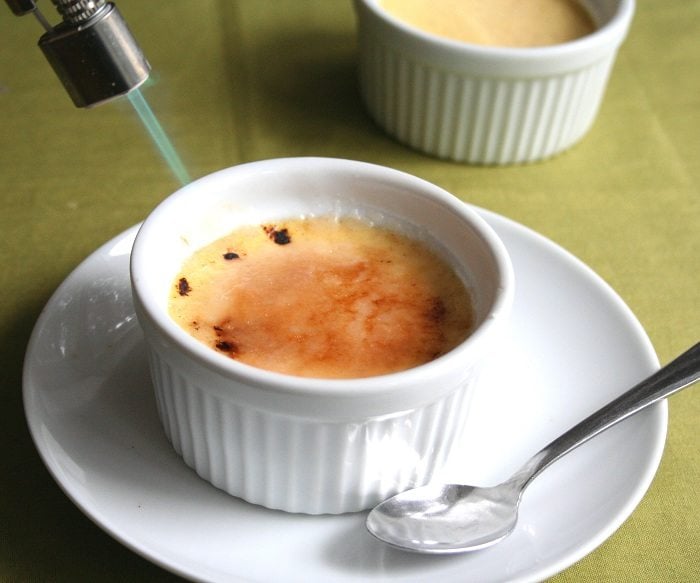





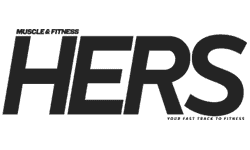

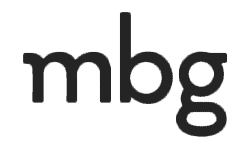




How much different from almond flour is hazelnut flour (or other nut flours for that matter)? I have a friend who has problems with almond flour. Thanks.
The only thing about hazelnut flour is that it’s typically not as finely ground. And it has the husks on so you see brown flecks. But I’ve used it in many muffins and cookie recipes and it still works out very well. Do you have a recipe in mind?
How do I follow you for recipe suggestions? I did not see a site.
I think you mean my Newsletter or RSS feed? Sign up here: http://mad.ly/signups/107971/join
Surely almond bread is bread. Period. I don’t get how it won’t interfere with a very low carb diet. I want to try it, but I’m worried it will torpedo all my efforts and start to put fat back on my waist etc. I’d like to toast it, and lather it with lashings of toasted cheese and tomatoes.. How would that taste I wonder. Thank you.
But almonds don’t contain the sort of carbs that wheat does. A very, very different beast altogether. It all depends on your carb intake, I guess.
Thank you so much for the detailed description. It was very informative. I have a questions that might be more superficial. I do not like the taste of almond extract in desserts. Does almond flour add a similar flavor to baked goods? Thanks!
In most baked goods, no it does not.
Hi. I’m a newbie only because my mother had her cholesterol check and her Dr noticed her blood sugar was just slightly high. She figured it was time to cut back on pasta, breads, chips, etc which we both LOVE! Both of us need to lose weight, anyway. So hard to give up stuff you love but after reading various articles about low carb recipes and ingredients, they don’t look too difficult to change your diet! I love to cook and bake. I read your article on almond flour and that you can freeze them. My question is: is it better to portion out, maybe by cups, to keep in the freezer so you can pull out what you need to bake with? I’m not sure what would be the typical amount for a cake/muffin/bread recipes.I think it’s pretty smart to do that so you don’t have to refreeze the flour over and over. What do you think?
I typically keep 6 or 7 cups of almond flour on my counter in a tupperware and put the rest of the bag in the freezer, but I use a lot of almond flour so that’s a good amount for me. I don’t think it matters that it thaws and freezes again when I get more but you could easily portion it out in ziploc bags.
I was the same Carolyn. However, I made the obvious connection. The foods I loved, some of them espoused as healthy, were making me obese. Only after going low-carb for two months do I realise how much harm I was doing to myself. Type 2 diabetes frightened me. No more starch or sugar for this one!
What is your opinion on Oat flour?
My opinion is that it can be useful in small quantities but it’s too high carb to use more than about 1/4 cup per recipe. I don’t usually use it at all anymore.
Hi Carolyn, have just come across your website today whilst trying to find out why my baked goods using almond flour always have a horrid taste to them – I live in the UK and have bought ground almonds which if I’m reading your post correctly is basically almond meal and not the flour that I thought. I have 3 bags of it but it won’t go to waste as I have a couple of recipes which don’t require baking so can use them up. Does the ‘taste’ come from the almond meal (ground almonds) heating up i.e. the fats? Every single recipe I’ve tried just never tastes quite right, I’ve found it difficult to source blanched almond flour and to be honest, I’m probably scared to try it incase it still tastes weird. Maybe it’s just my taste buds, but I know not to expect bread for instance to taste exactly like bread made with wheat flours. Help!
Do you like almonds normally? If so, then I can’t think it’s the almond flour/meal. They are only different from each other in terms of texture. Mind you, the unblanched variety does have the skins and maybe it’s a little bitter to you. But I might also wonder if it’s the sweetener you are using – what have you tried? Have you tried it any sort of chocolate recipe? Try these basic muffins (I made them with almond meal, unblanched), because chocolate can really hide flavours you might not like as much. https://alldayidreamaboutfood.com/2010/05/mocha-muffins-with-chocolate-chunks-low-carb-and-gluten-free.html
Wow those muffins look great, will give them a try! I love almonds so was surprised with the weird taste, maybe it is the skins as it does seem to be quite bitter. Can’t remember all the sweeteners I’ve tried as have tried several different almond flour recipes from bread to english muffins – don’t think either even had sweetener. Will try the muffins and see if the chocolate helps – haven’t eaten bread in that long I don’t know why I keep trying to make it. Thanks for your reply.
Hi – I live in the UK too and tried the almond flour from Holland and Barrett in the chocolate cheesecake recipe and the base tasted like dog biscuits! The filling was great though. Even my daughter said it was like dog biscuits before I even mentioned what I thought it tasted like 🙂
Any suggestions – is it just the flour from HB? Loathed to by some more as super expensive at £9.99 for 500g – ouch!
Is it super fine and defatted almond flour? The one here in the US is just ground blanched almonds but I know that some of the ones in Europe are different… very powdery with much of the fat removed so they work very differently.
Thank you SO much for this great article. My bf is dieting…which means so am I. I am a sucker for carbs and that’s #1 OFF his list. I’m in need of low card alternatives and this has given me a light at the end of the tunnel. Definitely going to try …probably all of these recipes. lol.
Thank you so much for your post!! I have a quick question and wondered if someone could help me…. I live overseas and can access almond “meal” (as you described it) really easily, but it is very coarsely ground. Will it turn to mush if I put it in my coffee grinder or food processor to make it more finely ground? Anyone had any experience with that?
Also, I have done a lot of homemade almond milk and saved the pulp leftover and dried it out in my oven. Now I have a ton of coarse, bread-crumb like stuff that I have no idea what to do with but don’t want to just throw out. It seems that it could be very valuable in low carb baking! Any ideas? Would this be more like coconut flour since the oil has been taken out during the milk making process? Like I said, I am new to this, so any thoughts and advice would be GREATLY appreciated!!! Thanks again so much for this post!!
My thoughts…I think you could grind your almond meal a little more finely without it turning into almond butter. Give a little bit a try and see what happens. If you have a large food processor, you will actually need to put in a fair bit…I find they don’t grind small amounts well. Do you have a coffee grinder? That might be worth a try too.
The pulp you have will not be at all like coconut flour…coconut is SO dry and powdery. But don’t throw it out, I am sure it has great uses. Like this recipe, since it sounds like it would be great for the topping https://alldayidreamaboutfood.com/2011/11/cheesy-sausage-and-basil-stuffed-chicken-breasts-low-carb-and-gluten-free.html
I’d try grinding that finer too. It’s worth a shot!
Thanks for the handy primer. Some good tips in there that I might not have thought of my first time around, like increasing the leavening agent and compensating for the lack of gluten. Will be starting a keto diet soon, but I’ll need some baked goods to get me through. I think almond flour will fit the bill nicely!
You’re welcome. Good luck with Keto!
Thank you for this post! When starting low carb, I purchased almond “flour” in bulk from my local grocery store. It is so coarse and I didn’t realize it was because I had purchased the wrong thing. I am almost out and just put in an Amazon order (using your link) for the Honeyville. I’m excited to see what the consistency is like!
Thanks, Sandy! Almond meal has its uses for sure, but if you want a fine-textured cake, you do need a finer grind.
I’ve been wondering about moisture additions in low carb cakes –
I want to low-carb a recipe for a strawberry jello cake (paula deen’s – she adds the dry jello mix to the dry ingredients rather than a poke-cake method. already found a sugar free gelatin mix that works) that adds a bag of pureed strawberries to the cake batter. I am concerned about how the liquid might throw off the recipe, and how to counter it, however.
Please advise what if anything I might need to change in an LC cake recipe, below are ingredients I have to work with:
I’m currently using a Low-carb all purpose flour replacement as I only have about 1/2 cup of almond MEAL remaining, and maybe 3/4 cup coconut flour. I have xanthan gum, flax seed meal, carbquik, and whey protein powder, too.
the ingredients of the all-purpose “flour” are:
Vegetable fibers, wheat protein, wheat gluten, unbleached hard wheat flour, whey protein, low glycemic monosaccharide, baking powder (calcium acid phosphate, bicarbonate of soda), lecithin, yeast flakes, all natural monk fruit.
Because your low carb mix uses real wheat flour, I doubt you have to worry as much about the moisture content as if you were using almond. But when I do use almond flour and am including a “wet-ish” ingredient, I usually add about 1/4 cup coconut flour to help soak up that extra moisture. You could try that if you were concerned.
I tried using almond flour to make waffles for the first time today — they were super bitter. Wondering if I did something wrong, does almond flour have a bitter taste naturally or maybe I bought a rancid bag. Thanks
I have never heard anyone complain that almond flour tastes bitter. What other ingredients did you use? I am concerned that you might have bought a rancid bag indeed!
I found the same. Almond flour made pancakes, biscuits, and waffles taste bitter.
Why my Almond Flour cookies, whic come out of the oven nice and crisp, turn limp and glob together after a few hours?
What recipe is it?
Do you suggest any modifications for gluten free/almond flour baking at high altitudes? I am about 5000 ft above sea level.
I haven’t ever baked at high altitude, but I asked a gluten-free friend who lives in Boulder and she says she doesn’t change anything at all and hasn’t had a problem.
Thank you, and thanks to your friend!!
Hi Carolyn,
I have been following and sharing your FB page and recipes for a bit and I love your blog.
I was looking for some type of ideas on how to use almond flour and this post hit it right no the nail- that was genius; no joke. On the joke note, love your funny memes and posts too 🙂
I would like to as for permission to mention this post on my article to be published, being that I am also trying to remove as much sugar and grains from our family’s diet as possibly.
Of course there will be the corresponding mention and link to your posts.
Thanks in advance for your time. Keep up the great work!
Astrid
Sure Astrid, that would be fine. Glad you find it helpful!
Ok great Merci!
I will be posting it soon- PB coming your way!
Have a great one 🙂
Thanks so much! For this and everything you do.
Hi Carolyn. I use Honeyville, all ingredients at room temp, but often my baked goods sink in the middle. I only use recipes from your site and those of your friend at @ Low Carbing Among Friends. What am I doing wrong?
Somehow there is too much liquid, and/or not enough protein. It’s hard to say if I am not in the kitchen with you but try adding a bit more protein powder and either reducing the liquid by a few tbsp or adding more almond flour by a few tbsp.
This is a great tutorial. Thank you so much. My hubby and I found almond flour to be pretty expensive so I had read that I could try making my own. I am using it right now in one of your recipes as the sour cherries on our tree have become ripe and wanted to make a dessert with some of them. Being new to all of this, I was disappointed in my attempt to make the blanched almonds into ‘flour’. It really was quite mealy…nothing like ‘flour’. I was afraid to keep going as I feared I would end up with almond butter. I thought my processor was pretty good…that baby will chop and grind up anything. I know from your comments it won’t matter for this crust but should I just bite the bullet and put out for the packaged almond flour…what we fund was ‘Red Mill Flour/Meal’ and I have to say it looked like flour just seeing it through the bag.
Would love your opinion. I am trying to fight some insulin resistance I seem to be developing….A1Cs are normal but fasting sugars are not. I am an RN and do NOT want to move on to being diabetic so am changing my (our!) eating habits now.
Blessings.
Hi Georgeanne. It’s true, you simply can’t grind almond flour fine enough at home. It will make a great crust, and some muffins will be good too, but if you’re looking for a fine-textured cake, you won’t quite get it. And I love Bob’s Red Mill, but their almond flour isn’t quite as fine either, although good for most baked goods. The cadillac of almond flour is Honeyville, which you can buy on the Honeyville website. Next to that, my favourite is from Oh Nuts!
Hi, Carolyn. Went shopping today to pick up some of the staples….some I couldn’t find and will order online. But I have 2 questions: I see that in a number of your recipes you use Stevia drops or extract……just wondering why you add those? Are the items not sweet enough with just the erythritol?? MUST these be used? Lastly, I was wondering why there isn’t a way to ‘save’ some of the recipes you have here to my ‘recipe box’ here on your site. I have a couple things I put in there but there were a couple recipes that didn’t have the option of saving them….for instance the recipe for your peanut butter/chocolate donuts. Should questions like this be addressed somewhere else?
Thank you 🙂
Georgeanne
Hi Georgeanne,
In some ways, my use of two sweeteners is just habit. I started doing it that way in the beginning and so I’ve just kept doing it. But here’s why: 1. Erythritol is expensive and stevia is not. That little jar of stevia extract will last a long time. My readers can’t always afford erythritol in full quantities so it helps to use a little less of it per recipe. 2. I’ve always found that using the two together helps increase sweetness and decrease aftertaste. Now that I use Swerve, I don’t have the problem as much with either sweetness or aftertaste, but again, my readers can’t always afford Swerve in full quantity.
I’d be happy to rewrite the recipes you want to save on Ziplist. It’s simply time and energy, so tell me which ones you want besides the donuts and I will make an effort to go back and put them in the Ziplist format.
Thanks!
Many thanks…..no problem…you have plenty to do. I will get it a different way. I look forward o trying some of these out. Thank God for your dedication!
Thanks for your help 🙂
Georgeanne
Thanks for the sharing !
Is there a difference when adding yeast to almond flour?
I wish I could tell you. Yeast is very tough with low carb and gluten free ingredients. Part of what makes conventional recipes rise with yeast is the way the gases get trapped by the gluten strands that develop. No gluten means no way to trap the gases properly. I haven’t experimented too much with yeast and low carb yet!
then maybeI I can give a try on a half-gluten recipe. Thanks!